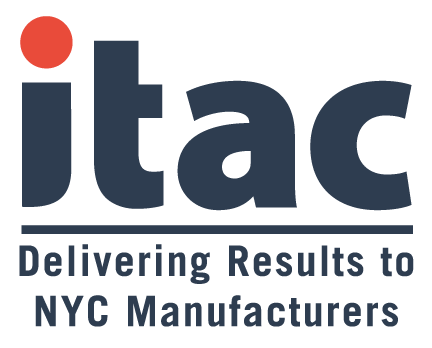Supply chain is a term that encompasses so many aspects of your business, from raw materials to finished goods. And it means different things throughout your company.
This is why it’s often difficult to get everyone aligned on the importance of supply chain issues, especially if you are among the many manufacturers without a dedicated supply chain management resource to provide focus and expertise.
Performance Metrics Are Essential for Improvement
Without supply chain KPIs, you lack a clear picture of how your performance stacks up to your goals. This makes it difficult to assess your health in supply chain matters, and to know what to prioritize.
Here is a sampling of supply chain performance metrics to consider tracking:
- Cash-to-cash cycle time: Time between when you pay for raw materials and when you receive payment for the sale of the resulting product. This metric can offer insight into your back office operating efficiency. A poor cycle time might lead to struggles to maintain inventory, make payroll, or invest in your future.
- Inventory turnover ratio: How quickly you use your inventory. This shows your ability to generate sales from your stock. It can impact inventory management, pricing, and even marketing.
- Perfect order index (POI): An industry benchmark used as a quality check. This measures what percentage of your orders meet your customer demands (right product, delivered to the right place, in the right amount, in the right condition, matching the invoice, etc.).
- Fill rate: The percentage of customer order demand that’s met. This measures past performance.
- Service rate: Ability to meet customer demands for fulfillment. This measures the probability of future performance. It is essentially the likelihood of avoiding a stock out.
Share the KPIs with staff and provide context with updates on your performance. When employees understand the adjustments they can make to impact results, they will feel like a more integral part of the organization. This helps nurture a continuous improvement approach.
You can also track your suppliers’ performance, such as POI, which can reveal bottlenecks and other issues and opportunities.
Training Begins With Awareness and Education
What different stakeholders need to know about supply chain management will vary by department. Develop a training plan to give each department what they need in terms of supply chain management basics and details.
Some foundational areas to consider:
- Vetting potential suppliers: Do you have a process to follow? What are the important elements to consider?
- Supplier relations management: What are best practices for tracking your suppliers’ performance? Are you realizing the benefits of building a strategic partnership by working with suppliers to address not only current work but future needs?
- Inventory management: How do you ensure adequate safety stock for key materials? How should you monitor inventory levels or determine the frequency of audits?
One of the key benefits of supply chain management awareness is that employees will feel more empowered to ask questions or relay information when they see something unusual.
For example, if someone on the operational side notices a reduction in the quality of a certain material, part, or component, this information should be shared with people involved in inventory and purchasing. The quality issue must be addressed to reduce its impact on production. But it also should be addressed with the supplier to prevent it from becoming the source of a bottleneck or, eventually, a major disruption.
Another example is if someone notices you are tracking low on inventory for a key part, is there a notification or escalation protocol for them to follow? In some shops, nothing is done until they run out of stock.
How to Use the SCOR Model
The SCOR Model (supply chain operations reference) was developed and has been refined by the longtime trade group CSCMP. It has become somewhat of a standard for supply chain management. It’s important to align your company on the five key concepts and terminology, which can help determine what each employee needs to know to properly perform their duties.
Use the SCOR model to standardize processes and create benchmarks in each of these five areas:
- Plan: Managing all resources that support the supply chain, including demand management, production planning, inventory management, and capacity management. This begins with a supply chain assessment and accounts for total cost of ownership, from design to purchasing.
- Source: This covers the procurement process and includes strategies to reduce costs and risks, such as supplier scouting, matchmaking, and finding alternative materials.
- Make: Activities related to the production of goods, such as manufacturing, assembling, and workforce training. This area accounts for production costs, lead times, product quality, and manufacturing capabilities.
- Deliver: Order fulfillment and distribution of finished goods, including packing, shipping, transportation, and warehouse management. This process ensures that products are delivered on time, in the right quantity, and at the desired location.
- Return: The management of product returns, including defective items, excess inventory, and end-of-life products.
Make Supply Chain Management Relevant Across Your Company
Company-wide goals often do not translate into employee engagement. This is why it’s essential for each department to make clear how the supply chain metrics they measure relate to the bigger picture. Each employee should understand how their actions impact broader goals.
At the beginning of this piece, I encouraged you to think of supply chain performance as you would a lean initiative. Once you’ve defined standards, leaders need to help their teams sustain the effort with clear and consistent communications.
There are many training courses available for supply chain management in a variety of training formats. Experts at ITAC can work with you to develop the right supply chain initiative for your operation. Contact us to learn more!
______
ITAC is the NYC chapter of the Manufacturing Extension Partnership (MEP) network, affiliated with the National Institute of Standards and Technology (NIST). These non-profit organizations deliver technical, consulting, and workforce development services to small and medium-sized businesses in the manufacturing community.
The insight for this article originated from NIST MEP.






